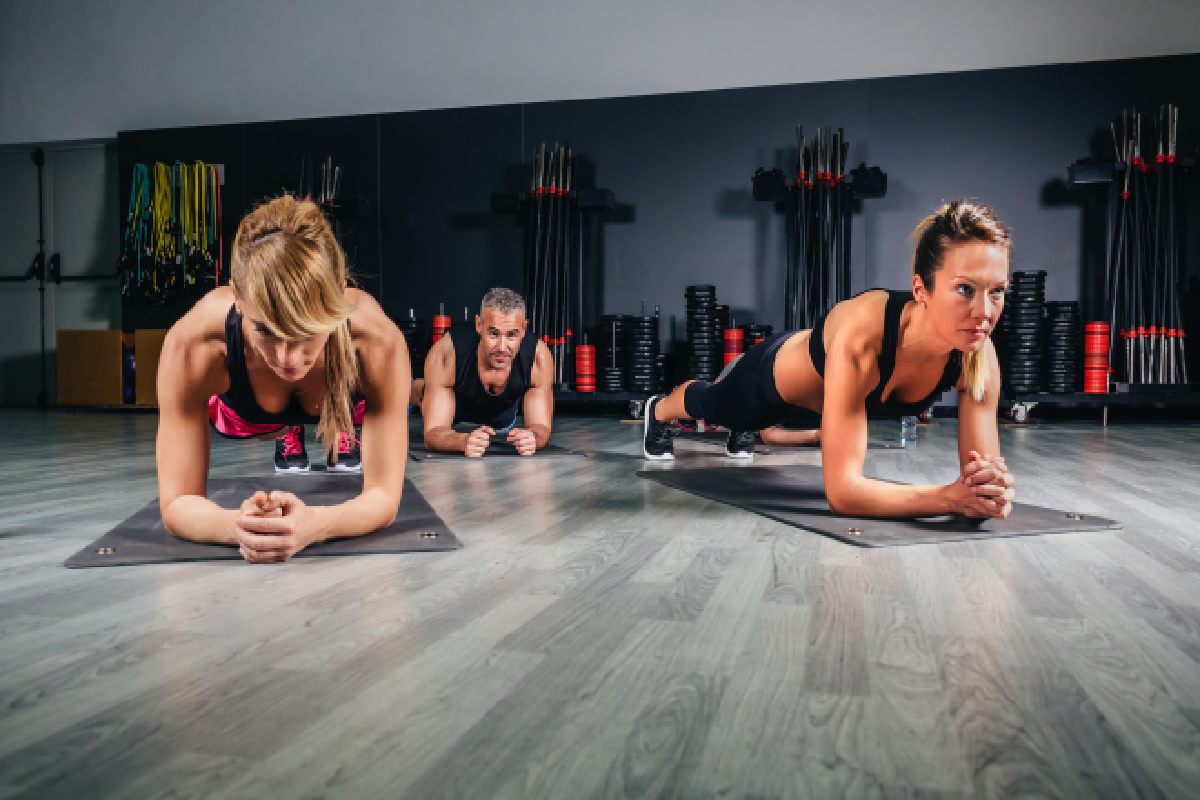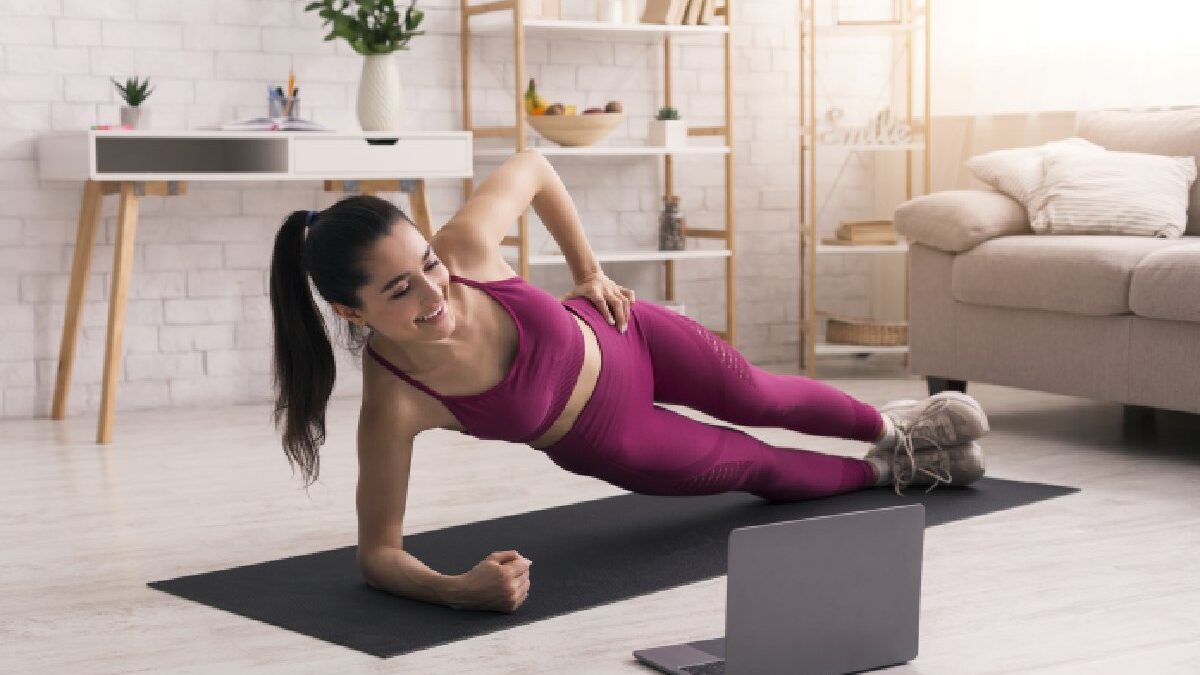Your core muscles, which are your body’s pillar, give your body stability to do all kinds of movements. However, your core doesn’t just involve the abs and back muscles, but it also includes the muscles that connect to the spine. Strong core muscles give stability to your hips, shoulders, trunk–your whole torso.
Furthermore, core muscles help synchronize movement to your arms, legs, and spine. Strengthening them means you’ll have better coordination, better posture, more stable balance, and overall improved performance in any athletic activity.

Table of Contents
The Core Muscles
Below are the muscles considered as part of the core strength muscle group:
- Rectus abdominis. The abdominal muscles; also referred to as abs or six-pack.
- Hip adductors. Found in your inner thigh; supports balance and alignment.
- Erector spinae. The cluster of muscles that runs from your neck down to your back.
- Multifidus. Found under the erector spinae next to the spinal column; these muscles give the spine support and stability.
- External obliques. Found on the front and side of the abdomen.
- Internal obliques. Runs in the opposite direction of the external obliques, also located under them.
- Transverse abdominis. Located beneath the obliques. Encloses your spine, adding protection and stability; it’s also the deepest abdominal muscles.
- Hip flexors. Group of muscles that includes the following: sartorius, pectineus, illiacus, psoas major, and rectus femoris; you can find these muscles in the upper thigh and front of the pelvis.
- Gluteus medius and minimus. Found at the side of the hip.
- Gluteus maximus, piriformis, hamstring group. Located in the upper thigh and at the back of the hip.
Why Core Strength Is Important
A stable body anchored with solid core strength that correctly supports the spine doesn’t get injured easily. Other advantages of having a strong core are the following:
Lessen Back Pain
One of the common causes of back pain is a weak core. It isn’t only the abs that protect the back; abs are only a small part of the muscle group that makes up the core.
Loss of lumbar curve, together with a swayback posture, is usually an effect of having weak core muscles. A strong and balanced core muscle will help you develop correct posture and reduce strain on your spine.
Improve Athletic Performance
Strong core muscles provide a strong foundation for transferring power from your torso to your arms and legs. Your limbs’ strength is reinforced by the power from your body. Any movement from your arms and legs that requires strength and coordination needs a sturdy and well-anchored spine.
Core muscle exercises teach your pelvis, lower back, abdomen, and hip muscles to work together. The resulting stability and improved balance will help you in sports and other physical activities that rely on stable core muscles.
For instance, if you’re a runner, strong core muscles help you maintain proper running form, lessening your chances of injury, improving your endurance, and minimizing muscle cramps. If you’re a swimmer, a strong core is essential before you can even begin to do those all-important swimming exercises.
Exercises To Strengthen Your Core Muscles
Plank
Assume the push-up position. Rest your elbows and forearms on the floor, then keep your body straight. For beginners, hold the position for 3×30-seconds. For those further along in their training, you can do 3×60-seconds.
Bridging
Lie on your back on the floor. Your arms should be on your side, then bend your knees with your feet still flat on the floor. Using your lower back muscles, slowly raise your hips, then slowly bring them back down. Do three sets of ten for beginners; for the non-beginners, do three sets of 20.
Side Plank
Lie down on your right side, then keep your body straight. Extend your legs, one leg on top of the other. Your right elbow should be directly under your shoulder. While on your side, use your right elbow to support your body as you raise your body, with the edge of your right foot still touching the floor. Keep your body straight and rigid. Hold this position; do a set of 3×30-seconds. Switch to the other side after the set. For a more challenging side plank, do 3×60-seconds.
Bird Dogs
Get on all fours. Make sure your back is straight and not sagging; you should be staring at the floor. Then, extend the right arm and left leg, keeping both straight. Hold this position, then switch to the left arm, right leg. Do three sets of 10 for beginners; 3 of 20 for non-beginners.
Superman Pose
Lie down on your stomach, with legs and arms extended as far as possible. Make sure your front is pressed down on the floor. Lift your arms and legs, leaving only your torso in contact with the floor. Hold for eight deep breaths. Then, slowly lower your limbs down.
Core strength exercises are great for kick-starting your regular exercise program or as additional training for your core. As you progress, you can try the more advanced variations of these exercises. But if you have an existing back injury or have injured your back in the past, always consult with your doctor or therapist first before doing any of these exercises.

